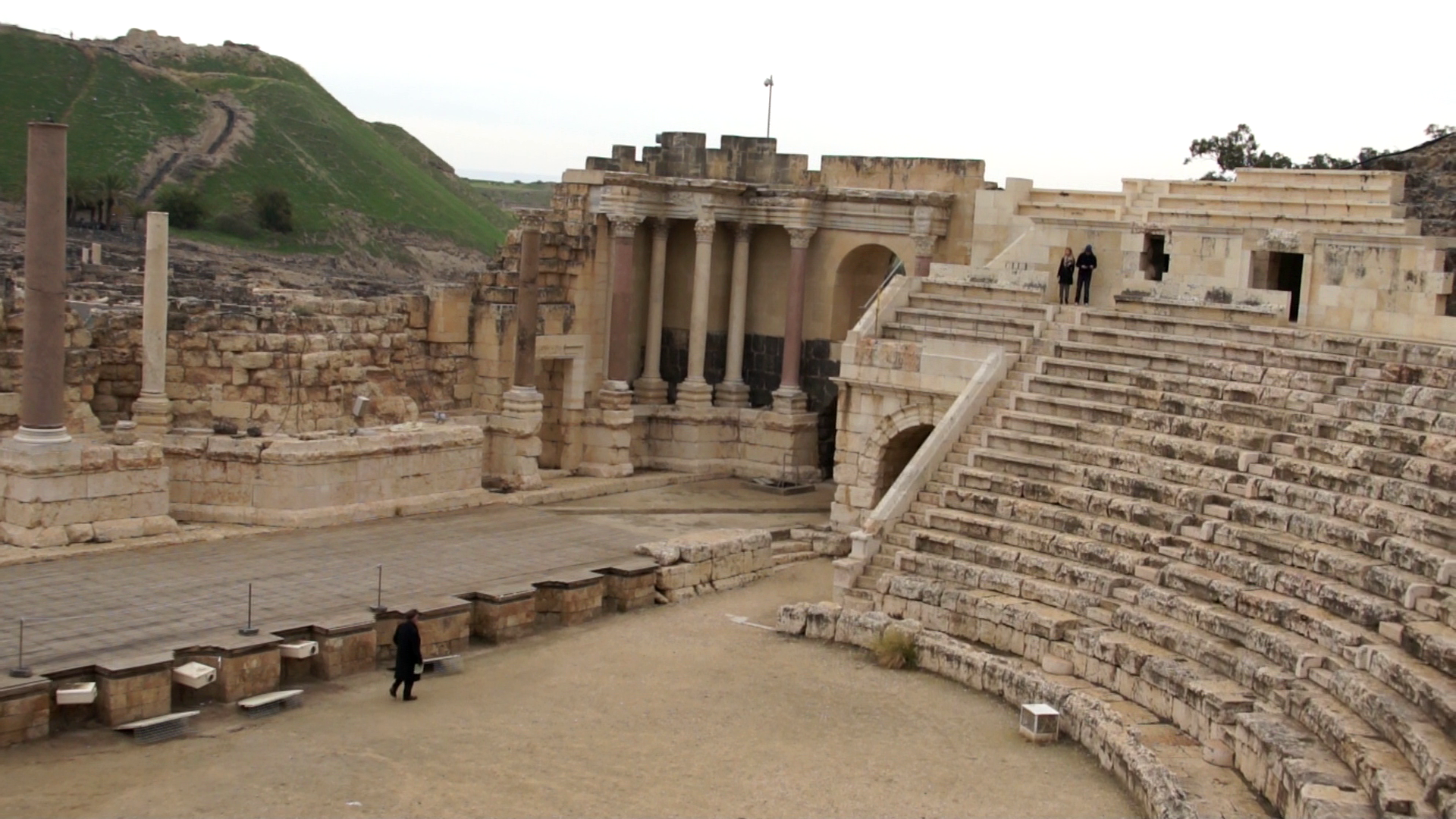This video is part of the ‘All the World is a Stage’ project, initiated by Wysinfo in order to encourage international cooperation through culture.
To watch other performances that are part of this project, follow this link
Wysinfo – ‘All the World is a Stage Project’ Front Page.
All the World’s a Stage – By William Shakespeare Performed by David Milton Jones
Full text of the monologue
All the world’s a stage,
And all the men and women merely players;
They have their exits and their entrances,... And one man in his time plays many parts, ‘All the World’s a Stage’ is a well-known monologue from Act 2, Scene 7 of Shakespeare’s ‘As you Like it’. The play, believed to have been written around 1599, is a raucous romantic comedy which takes its players from a court full of jealousy to a more frivolous life of exile in a forest. The play is intertwined with themes of rivalry between brothers, gender ambiguity and proclamations of love. While most of the characters seem to be thoroughly enjoying the circumstances of the moment, a melancholy traveler named Jacque expounds on how predictable are the stages of man’s life. Throughout the play, Jacque pontificates and philosophizes while the others find love and happiness. William Shakespeare (1564 – 1616) was a poet, playwright and actor born in Stratford-upon-Avon in Warwickshire England, and is widely regarded as the greatest writer in the English language. His work consists of about 38 plays, 154 sonnets two long narrative poems and more. His plays, translated into most languages, are studied and performed widely all over the world. Shakespeare wrote most of his known work between 1589 and 1613. His early plays were primarily comedies and historical plays, and regarded as some of the best work ever written in these genres. Later he focused more on tragedies, among them Hamlet, Othello, King Lear and Macbeth. In his last years he wrote tragicomedies and collaborated with other playwrights. The video above was recorded in the ‘Beit Shean’ National Park, located in the north of Israel. The theater that you see in the video was build in the 1st century C.E. by the Romans and is one the most striking structures of the park. It continued to function throughout the Byzantine time. The Beit Shean area was already populated in the 5th millennium BCE in the heart of a fertile stretch of land... Due to its strategic location, the area exchanged hands by the primary powers of the region including the Canaanites, Egyptians, Israelites, Assyrians, Hellenists, Romans, Byzantines, Arabs, Ottomans and more. Of particular significance, the park includes archaeological remains of the ancient city of Scythopolis, which was built by the Greeks and became the most important city in the north of Israel during the Roman period. The Romans invested a great deal in the city including magnificent administrative and public buildings, among them a theater which can be seen in the video above. During the Byzantine period the city grew even bigger and reached a population of 35-40 thousand people. A severe earthquake in 749 CE destroyed the city and it has never since regained its former grandeur. It became a neglected rural and agricultural spot until the discovery of its impressive archaeology and history. The theater could hold an audience of 7,000, with three tiers of seating. The backdrop of the theater’s stage included beautiful granite and marble columns, which can be seen in the video. You can also see, in the background of the video, the remains of ‘Silvanus Street’, a Roman road that was bordered by an imposing colonnade. Also visible in the video, is an archaeological Tell (hill) where approximately 20 layers of civilization have been uncovered. It is claimed that, after the battle waged at Mount Gilboa, this was the location where the Philistines of Bet Shean displayed the bodies of Saul and his sons.
His acts being seven ages. At first, the infant,
Mewling and puking in the nurse’s arms.
Then the whining schoolboy, with his satchel
and shining morning face, creeping like snail
Unwillingly to school. And then the lover,
Sighing like furnace, with a woeful ballad
Made to his mistress’ eyebrow. Then a soldier,
Full of strange oaths and bearded like the pard,
Jealous in honor, sudden and quick in quarrel,
Seeking the bubble reputation
Even in the cannon’s mouth. And then the justice,
In fair round belly with good capon lined,
With eyes severe and beard of formal cut,
Full of wise saws and modern instances;
And so he plays his part. The sixth age shifts
Into the lean and slippered pantaloon,
With spectacles on nose and pouch on side;
His youthful hose, well saved, a world too wide
For his shrunk shank, and his big manly voice,
Turning again toward childish treble, pipes
And whistles in his sound. Last scene of all,
That ends this strange eventful history,
Is second childishness and mere oblivion,
Sans teeth, sans eyes, sans taste, sans everything.About the monologue
About the author
About the location

Related links